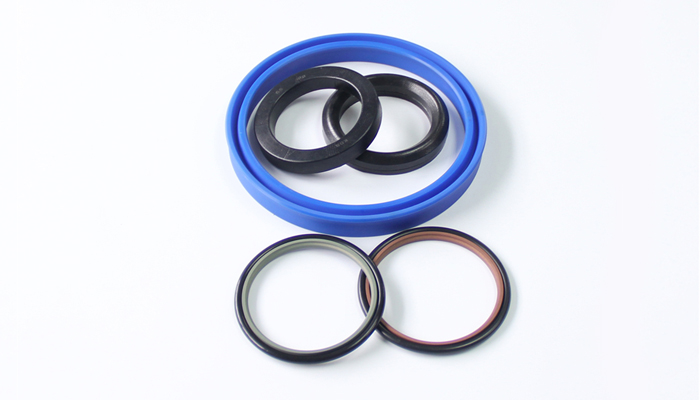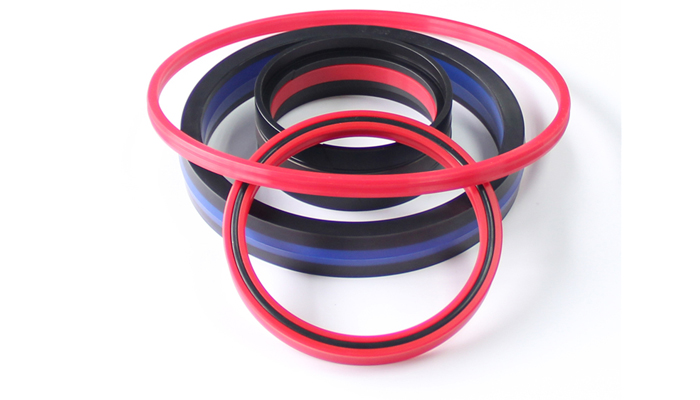Product Series
News
Effect of hydraulic oil on the performance of seals
Update:2018-09-15
The hydraulic oil of the hydraulic breaker is used as a working medium in the hydraulic transmission system to provide energy transfer, conversion and control. At the same time, it also plays the role of lubrication, corrosion resistance, rust resistance and cooling of various components in the hydraulic system. The seals in the hydraulic system act to prevent fluid from leaking from the joint surfaces, maintaining pressure, maintaining energy transfer or switching.
At present, most of the sealing materials used at home and abroad are polymeric elastomer, in some special conditions, it also use plastics and various metals. But no matter which material it belongs to, it should have the following performance:
1. Has certain mechanical and physical properties: such as tensile strength, stretching strength, elongation;
2. It has a certain elasticity, hardness, and small compression set;
3. It is suitable for working medium, and it is not easy to cause swelling, decomposition and hardening;
4. Wear-resistant, with certain tear resistance;
5. With high temperature, low temperature aging performance

However, no sealing material includes all of the above properties, and it is necessary to select a suitable sealing material according to the working environment, such as temperature, pressure, medium, and motion, and to meet certain requirements by formulating a compounding formula of the material. Or use two or more materials in a composite or combined structure to play their respective strengths to achieve a more comprehensive effect.
The formation of the sealing effect: the dynamic seal is divided into a non-contact seal and a contact seal. Non-contact seals are mainly various mechanical seals, such as: graphite packing rings, floating ring seals, etc.; rubber-plastic composite seals and rubber-plastic composite seals are contact seals, relying on the pre-compression force loaded in the sealed cavity, Block the leak path for sealing effect.
The seals used in hydraulic systems are mostly static seals (Face seals), reciprocating seals (pistons, piston rod seals) and rotary seals. Factors affecting the sealing effect: the choice of sealing structure and oil film formation, pressure, temperature, material compatibility, material, hardness, geometry, surface finish of the working surface contacted by the dynamic seal.

Several sealing materials with excellent dielectric properties and their characteristics:
1. Nitrile rubber seal: The performance of nitrile rubber is affected by acrylonitrile content. As the acrylonitrile content increases, tensile strength, heat resistance, oil resistance, air tightness and hardness increase, but elasticity and cold resistance decrease. Nitrile rubber has poor ozone resistance and electrical insulation properties. Good water resistance.
2. Silicone rubber seals: Silicone rubber can be divided into heat-cured silicone rubber and room temperature vulcanized silicone rubber according to its vulcanization characteristics. According to the performance and use, it can be divided into electric conductivity type, super low temperature resistance type, super high temperature resistance type, high strength type, oil resistance type, medical type and the like.
3. Fluororubber seal: high temperature resistance, aging resistance, good insulation
4. EPDM rubber seal: resistance to oxidation, ozone and corrosion
5. Polyurethane seals: good hardness, good strength, high elasticity, high wear resistance, tear resistance, aging resistance, ozone resistance, radiation resistance and good electrical conductivity, which are incomparable to ordinary rubber.
6. PTFE seal: sealed, high lubrication, non-stick, electrical insulation and good anti-aging ability, excellent temperature resistance (can work for a long time from +260℃ to -100℃). PTFE itself is not toxic to humans.

